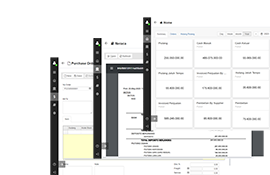Annual Percentage Yield
Table of Contents:
Definition of Annual Percentage Yield
Annual Percentage Yield (APY) refers to a financial metric that represents the total effective annual rate of return on an investment or deposit, including both the interest earned and the compounding effects.
It takes into account the compounding frequency and provides a more accurate measure of the actual earnings potential of a financial product, such as a savings account or a certificate of deposit (CD).
APY reflects the combined impact of interest rate, compounding, and the length of time the funds are invested, enabling individuals to compare different investment options more accurately.
What is Annual Percentage Yield?
Annual Percentage Yield (APY) is a representation of the overall annual rate of return that an investment or deposit can yield, factoring in both the base interest rate and the compounding frequency.
APY is a crucial indicator for assessing the true earnings potential of savings accounts, certificates of deposit, and other interest-bearing financial products.
It helps investors and savers make informed decisions by considering how the compounding of interest affects the growth of their funds over time.
How to calculate Annual Percentage Yield?
The formula for calculating Annual Percentage Yield (APY) takes into account the nominal interest rate (stated interest rate) and the number of compounding periods within a year. The formula is as follows:
APY = (1 + (nominal interest rate / number of compounding periods))^number of compounding periods - 1
Where:
- Nominal Interest Rate
The stated annual interest rate as a decimal. - Number of Compounding Periods
The frequency at which interest is compounded within a year. - APY
The calculated annual percentage yield.
To calculate APY, follow these steps:
- Convert the nominal interest rate to a decimal. For example, if the nominal rate is 5%, divide it by 100 to get 0.05.
- Determine the number of compounding periods within a year. For example, if interest is compounded quarterly, there would be four compounding periods.
- Plug the values into the APY formula and calculate the result.
- Convert the APY result back to a percentage by multiplying it by 100.
